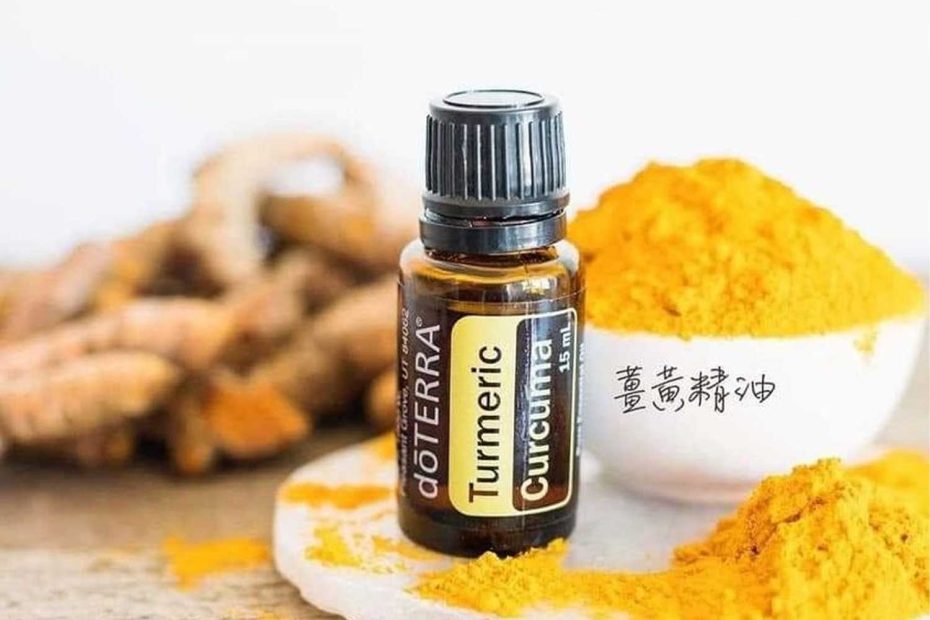co2 extracted form of turmeric
Dry the turmeric to a moisture content of less than 10%, and slice the turmeric, (why cut the turmeric in the turmeric extraction process? Directly crush the turmeric, because the turmeric is large in size, a lot of heat will be generated during the crushing process, which affects the quality of the extraction.) 40 mesh, supercritical CO2 extraction, separation, to obtain turmeric butter resin.
CO2 extraction process of turmeric oleoresins
- Extraction pressure: 25MPa;
- Extraction temperature: 50°C;
- Separation 1 pressure: 8MPa;
- Separation 1 temperature: 40°C;
- Separation 2 pressure: 6MPa;
- Separation 2 temperature: 24°C;
- Extraction time: 2H;
- Raw material size: 40 mesh ;
CO2 extraction of turmeric essential oil
- Extraction pressure: 20MPa;
- Extraction temperature: 40°C;
- Separation 1 pressure: 8MPa;
- Separation 1 temperature: 50°C;
- Separation 2 pressure: 6MPa;
- Separation 2 temperature: 24°C;
- Extraction time: 2H;
- Raw material size: 40 mesh ;
Important reading: What are the 3 key points of supercritical CO2 extraction?
What is turmeric
Turmeric represents a group of perennial rhizome herbs native to tropical and subtropical regions. Turmeric is widely grown in tropical and subtropical regions of Asia, Australia, and South America. There are approximately 93-100 accepted species of Curcuma, but the exact number of species is still controversial.
The turmeric genus is the main source of coloring and flavoring agents, traditional medicines, spices, dyes, perfumes, cosmetics, and ornamental plants in Asian dishes. Some turmeric plants are used as medicines in Bangladesh, Malaysia, India, Nepal, and Thailand to treat pneumonia, bronchial diseases, leucorrhea, diarrhea, dysentery, infectious wounds or abscesses, and insect bites.
The rhizome is the most commonly used part of the turmeric genus. The main active ingredients of rhizomes are non-volatile curcumin compounds and volatile oil. Curcumin compounds (curcumin, demethoxycurcumin, and bisdemethoxycurcumin) are non-toxic polyphenol derivatives of curcumin and have a wide range of biological activities. Sesquiterpenes and monoterpenes are the main components of turmeric oil.
The essential oil of the turmeric plant has a variety of pharmacological properties, including anti-inflammatory, anti-cancer, anti-proliferation, cholesterol-lowering, anti-diabetic, anti-hepatotoxicity, antidiarrheal, expelling wind, diuretic, anti-rheumatic, lowering blood pressure, anti-oxidation, anti-bacterial, Anti-viral, insecticidal, larvicidal, anti-snake venom, anti-thrombotic, anti-tyrosinase and inhibition of cyclooxygenase-1 (COX-1) activities. Turmeric butter can also enhance immune function, promote blood circulation, accelerate toxin removal and stimulate digestion.
TURMERIC CO2 OIL
Turmeric oil extracted by the Co2 extraction process is top-quality oil with the use of a solvent, called liquid carbon dioxide. High pressure and low temperatures are used to convert carbon dioxide to liquid resulting in an effective and safe solvent. Without any heat degradation risk, it can be safely collected. Co2 is then allowed to return to its gaseous and natural state thus leaving behind the plant’s extracted essence. In this extraction method, Co2 selects and Co2 totals are the two oils obtained.
In the SCFE-Super Critical Fluid Extraction process, a solvent is used above its critical temperature and pressure. It helps in improving turmeric oil extract quality. It contains active components in high concentration, with no residual solvent and microbial or biological contaminants. The synergistic bioactivity of molecules is preserved.

